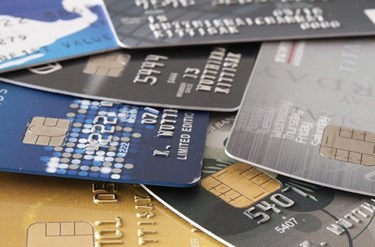EMV Report From The Trenches: Misinformation, Confusion, And Risk


Since I joined the team at Business Solutions, shopping has become a different experience for me. I tend to notice the placement of video surveillance cameras and explain wide dynamic range to family members with me in the store. I look for creative uses for receipt printers. I’m repeatedly annoyed by the ordering component of the point of sale (POS) system at the coffee shop near my house — it really is detrimental to customer experience, and I know there are much better solutions out there.
Last night, I had my first, real-life experience with EMV. I was in line at a grocery store — part of a chain — and the gentleman in line in front of me attempted to pay with a chip card. The young man at the checkout counter informed the customer that the store did not accept chip cards because, he said, they were less secure than mag stripe cards. He said chip cards don’t require a PIN, so anyone could use the card. He added something unintelligible after that — or maybe it was intelligible and my shock prohibited me from understanding what he said.
The customer countered, “I thought it was the other way around.” The young man at the checkout counter backed down, “Oh, really?”
A poignant thing about this conversation is that it took place on Oct. 8, 2015, one week after the shift in liability from card-issuing banks to the entity that has the least-compliant EMV technology. So if a criminal “buys” $1,000 worth of gift cards from that grocery store with a fraudulent payment card, that grocery store — the least EMV-compliant — has to cover the loss, not the bank that issued the payment card.
The store is a nice, convenient stop on the way home. If it closes, I’d miss it.
As unsettling as it was to hear a grocery store employee tell a customer that chip cards are a less secure than mag stripe, it was more unsettling to realize a student with a part-time job probably didn’t draw that conclusion on his own. If this is representative of what the U.S. transition to EMV will be like, it’s going to be a long, unpleasant process.
When I conducted interviews on the topic of EMV for BSMinfo.com and asked what VARs could do to help their clients beyond providing IT solutions, the answer was always included to educate your customers about EMV, the liability shift, and the risks they will face if they don’t transition to EMV technology.
After last night, it seems like we need something more. The U.K. had an “I (heart) PIN” campaign (launched after Valentine’s Day 2006 when the shift to EMV took place) to raise awareness. Although we can’t “(heart) PIN” in the U.S., it couldn’t hurt to have a louder message that the change to EMV is happening and what it all means.
But if all your clients have is you as their source of information, make sure you tell them what they need to know. It will elevate your status from a VAR to a business advisor. And it will help to keep them in business.
